
Like any profession, the art of carpentry requires skill, precision, and great woodworking tools. By keeping your tools attached to your belt or workbench, they are always within reach.
This way, you can avoid constantly searching for them, which wastes time and energy. Additionally, you must invest in quality tools you know you can rely on; they will not only last longer but are usually safer and easier to use.
Essential Carpentry Hand Tools List
Below is a list of what we believe to be the essential tools for carpentry, grouped into sections based on hand tools, power tools, accessories, storage, and safety equipment. These tools may not be necessary for every task, but they are essential and have no viable substitutes.
Carpentry is a multifaceted field, so choosing only the tools you need for a specific project is best. As a result, you can complete the task more efficiently and avoid having too many unused tools. In addition, by doing this, you will consistently add to your tool collection things that fit both what you want and what skill level you are. Suddenly, before you know it, not only will you have an excellent set of carpentry tools–you’ll also have the ability to use them well!
Here are the top 14 woodworking tools for carpenters in no particular order!
- Chisel
- Screwdriver
- Claw hammer
- Coping saw
- Carpenter pencil
- Chalk line
- Circular saw
- Spirit level
- Sliding T Bevel
- Tape measure
- Utility knife
- Combination square
- Steel square
- Tin Snips
Chisel
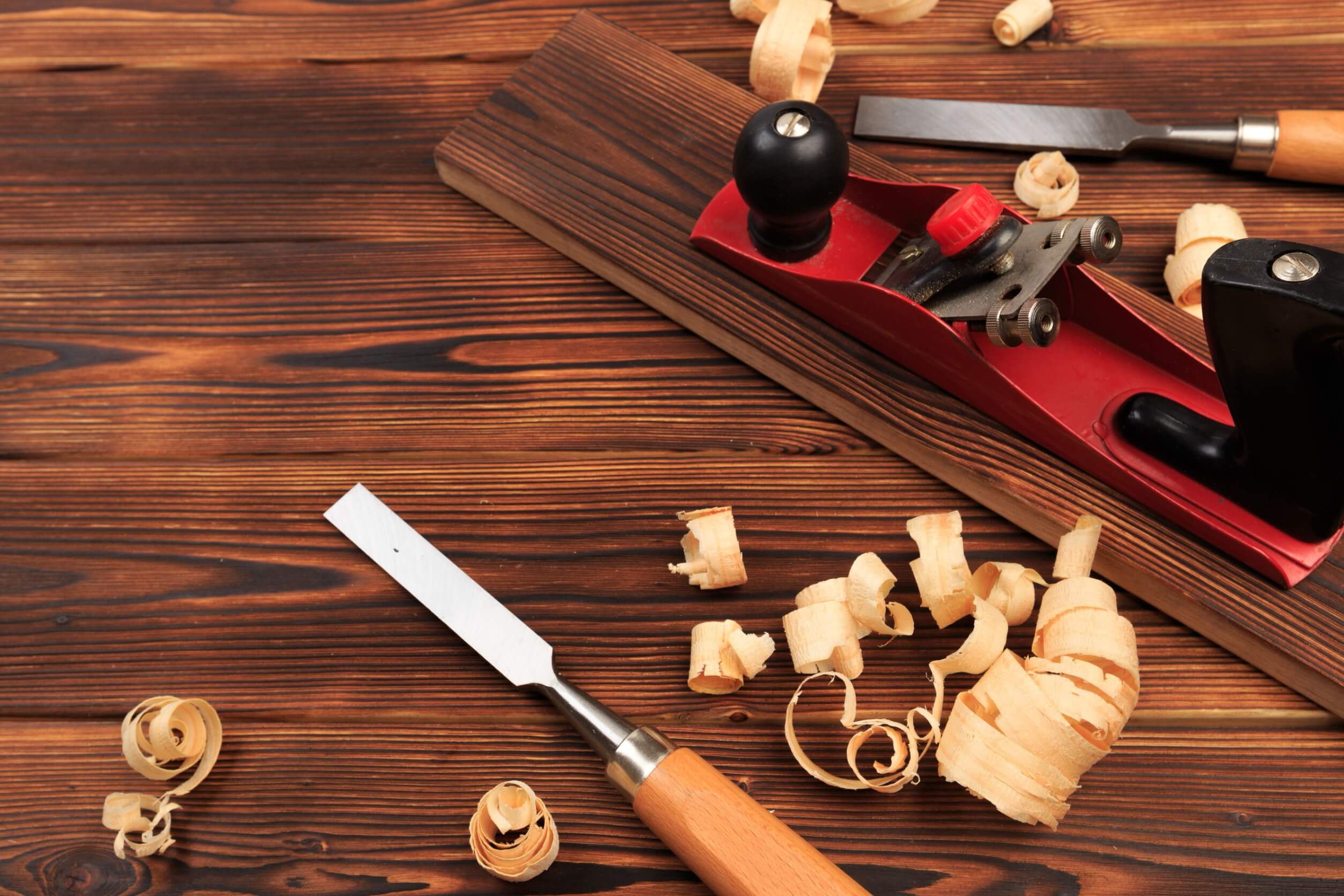
A set of high-quality bevel-edge bench chisels will serve you well for years and can be used on numerous projects.
Though they vary in style, chisels at their core are simply blades with handles. However, regardless of price, all chisels must be sharpened to cut cleanly and safely. Used after sawing for joinery work, chisels precisely ‘pare’ (as if an apple) along the desired line.You can start woodworking with a good set of 5-7 bench chisels. You don’t need them to match, so don’t worry about that! With more experience in woodworking, you’ll want to buy some specialty chisels (including paring and fishtail chisels), but bench chisels are enough for now.
Screwdriver
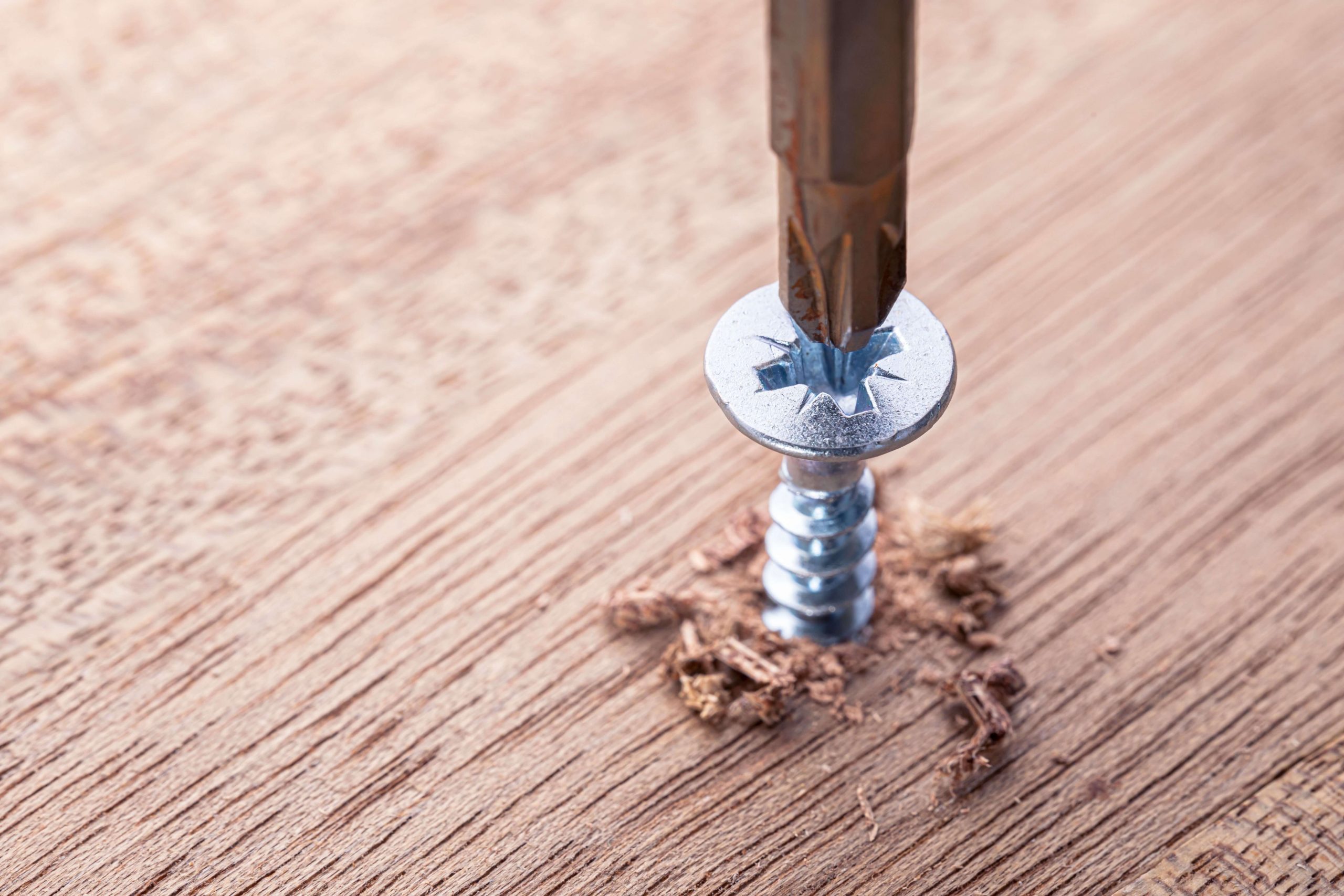
Screwdrivers are an essential tool for any woodworker. However, they need to be made of high-quality materials to work well. Unfortunately, most wrenches are made from soft metal, making them almost useless because they strip easily.
For this project, you will need a long screwdriver with a square blade that can apply significant force. You will also need both small and medium slot screwdrivers. A cabinet screwdriver has a thin shank so you can work in tight places and reach screws deep inside holes – perfect for woodworking projects.
Claw Hammer
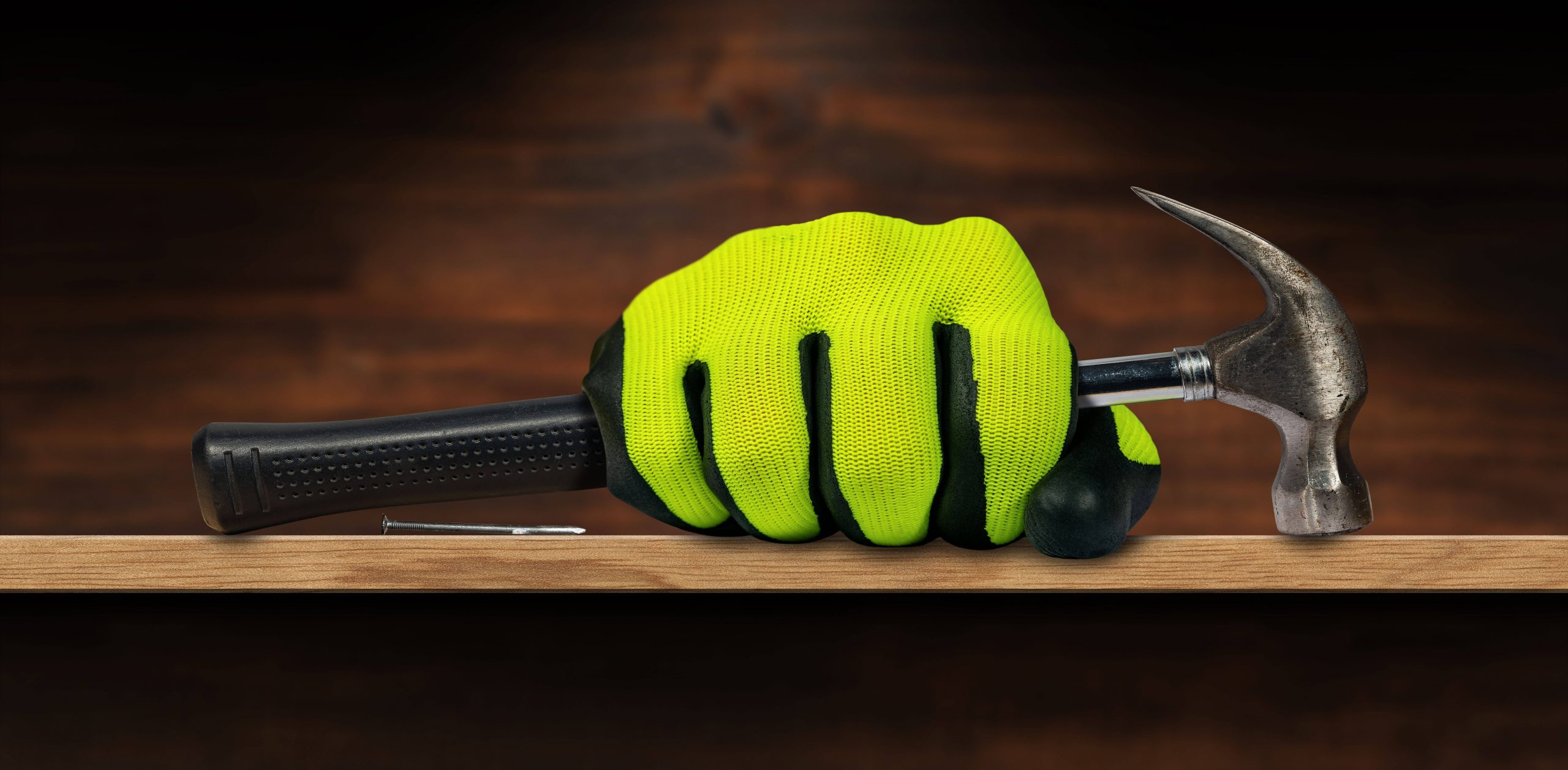
For a more polished look, the head should be well-rounded and balanced with the claw on one side. The waffle head nail is most regularly seen in construction and leaves a noticeable imprint on wood. It shouldn’t be used for woodworking, though.
Most people purchase 20 oz. Claw hammer because it is heavy enough to drive nails yet easy to manoeuvre when pulling them out. If you plan to use your hammer for more strenuous tasks, avoid a wooden handle – go for steel or fibreglass instead.Vibrations from driving nails can be avoided by using a hickory handle. You’ll want to choose metal or fiberglass handles with a rubberized grip for a comfortable and controlled grip. A wooden-handled hammer will be better for reducing stress on your hand and wrist if you plan to hammer a lot of nails.
Coping Saw

A coping handsaw is a great option for anyone just starting; they are one of the most affordable saws you can buy (under $20). The saw is ideal for shaping dovetail joints and making quick, rough cuts in boards.
With its sharp blades, the handle provides a comfortable grip to make precise cuts. The cutting speed may be slow, but it’s ideal for small jobs that require a lot of detail. And because it won’t buckle under tension, the handsaw is safe to use and won’t damage the project you’re working on.
The coping saw is best for cutting curves due to its tall frame and thin blade. The pack of replaceable blades that come with it is also useful and cheap. By using a coping handsaw, you can easily eliminate the waste created with the chisel.
Carpenter Pencil

A pencil is an essential tool for any woodworker. Having a good quality pencil that can make fine lines and won’t break easily is important. The lead in a Carpenter pencil is thicker than a standard pencil, making it easier to see the line you’re drawing.
The flat shape of the Carpenter pencil also allows it to lay flat on the wood, making it easier to use as a guide for your cuts. And because the lead is so thick, you can use it to make wide or thin lines depending on the task.
Investing in a high-quality Carpenter pencil will save you time and frustration in the long run. And if you’re working on a project that requires precise measurements, a Carpenter pencil is the way to go.
Tape Measure

A tape measure is an essential tool for any woodworker. It is important to have a good quality tape measure that is accurate and easy to read. The first thing you will want to look for in a tape measure is the length.
The most common lengths are 25′, 50′, and 100′. If you plan on working with longer boards, you want to get a tape measure at least 50′ long. The next thing you will want to look for is the width of the blade.
The wider the blade, the easier it will be to read the measurements. You will also want to ensure that the tape measure has a good-quality locking mechanism. This will ensure that the tape measure doesn’t accidentally retract while using it.
Finally, you will want to ensure that the tape measure has a case or holster. This will protect the blade and keep it from getting damaged.
Chalk Line
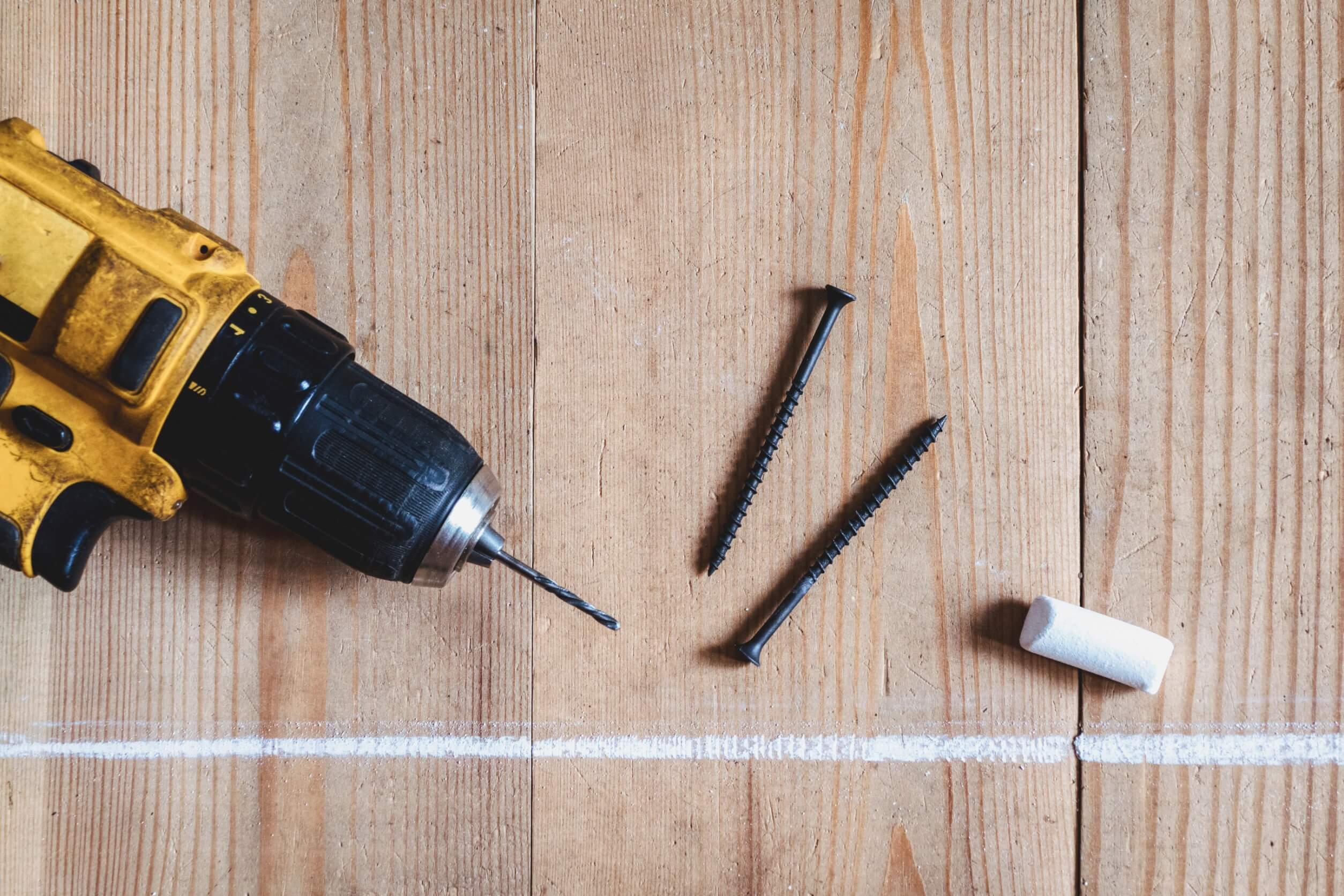
The chalk line (otherwise known as a “chalk reel” or “chark box”) is rather simplistic yet highly effective. It essentially consists of a box with string inside and surrounding it. The string is repeatedly coated with chalk powder to leave trail lines on any given surface– be that walls, floors, etc.
A metal hook can be attached to another object at the end of this string. By pulling out the chalk-coated string across the surface, you can make it taut. After the string is in the appropriate position, pull it taut at its center.
The natural tension will cause it to “snap” back down and leave a chalk line on your object’s surface–this action is referred to as “snapping the line.”
Circular saw

The first power tool every carpenter should purchase is a . Some “purists” will say you can use a hand saw.
Even though circular saws are highly advanced, you have plenty of models and brands to pick from and a wide array of prices. Due to its versatility, a circular saw can make straight cuts to notch and rip wood.
Spirit level
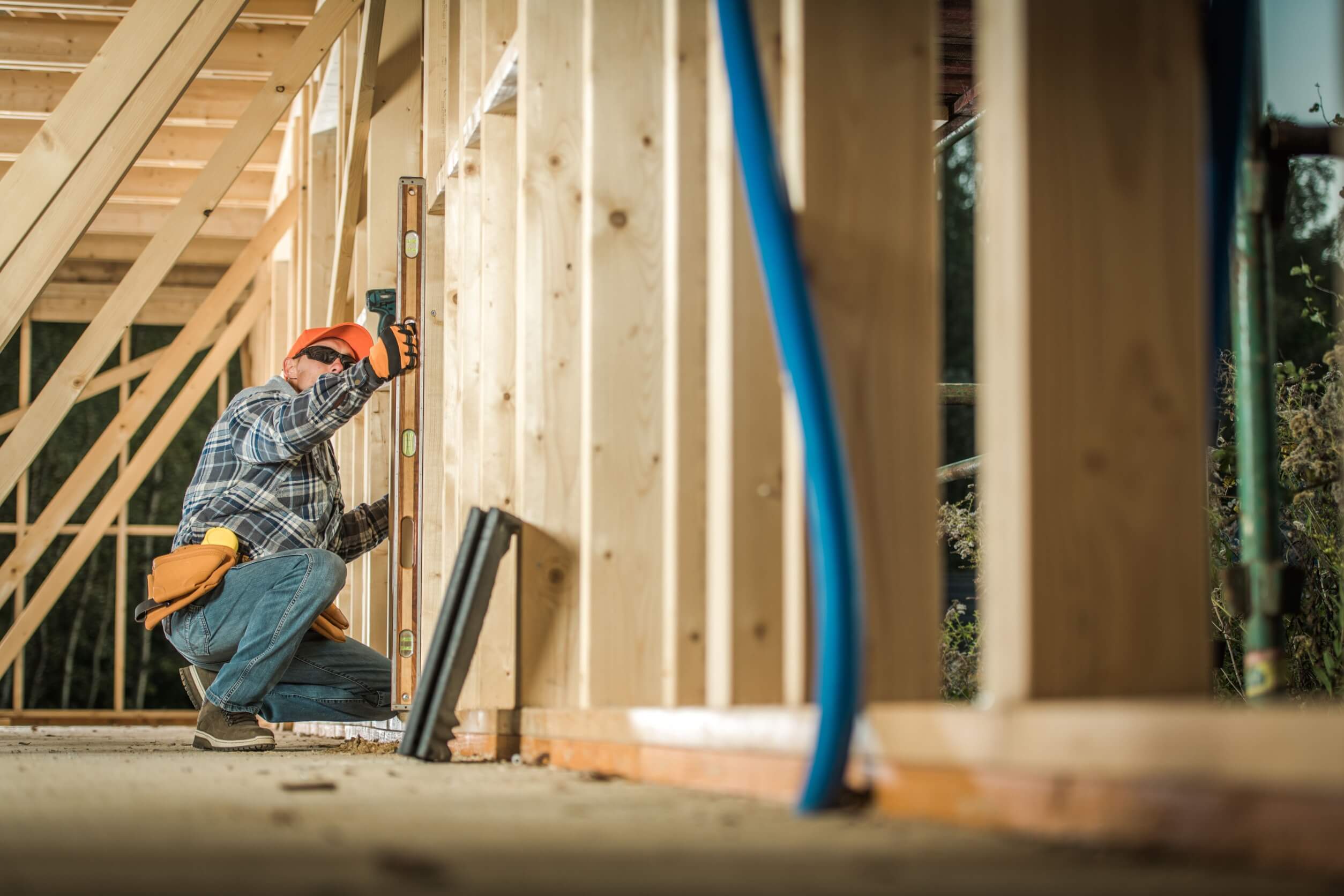
A spirit level is an old tool, once used only by carpenters and builders, which helps determine whether a line is straight or upright. Nowadays, even people hanging paintings at home use them.
Horizontal levels are also called bubble levels because, when lined up, you want the small air bubble in the center of the level to be between two lines.
This will give you a fairly good estimate of your line level. There are also different tools for measuring level lines, which may use slightly different standards.
Sliding T Bevel
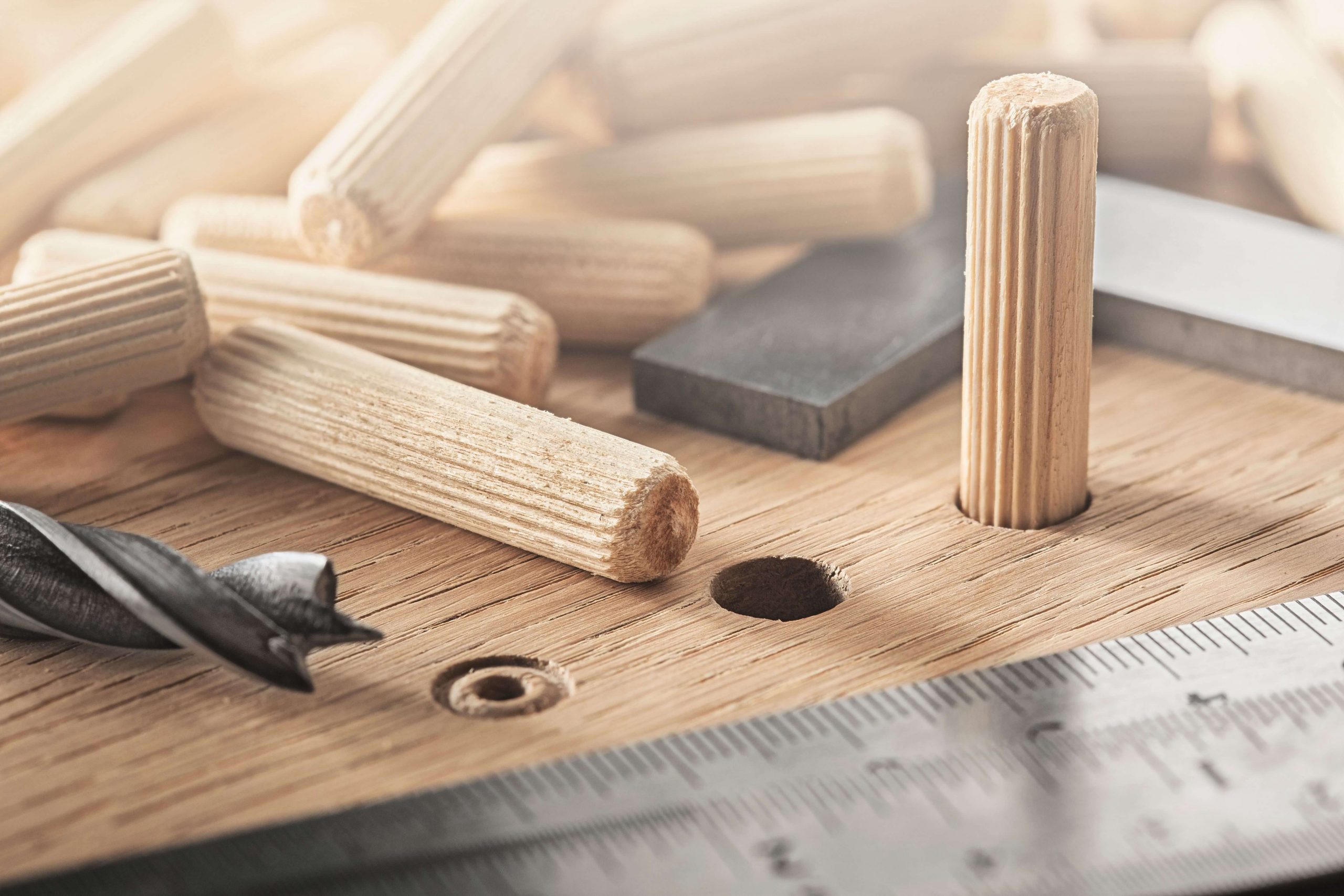
A sliding T-bevel, also known as a set square or angle finder, is an essential tool for any construction job that involves measuring or creating angles. They are especially useful when 90° angles are not possible. The sliding T-bevel allows users to adjust their projects to less-than-perfect angle measurements.
The blade of a sliding T-bevel is placed against the measured object’s surface. The handle is then used to draw a line along the blade. The user can then measure the angle created by the line with a protractor.
Utility knife
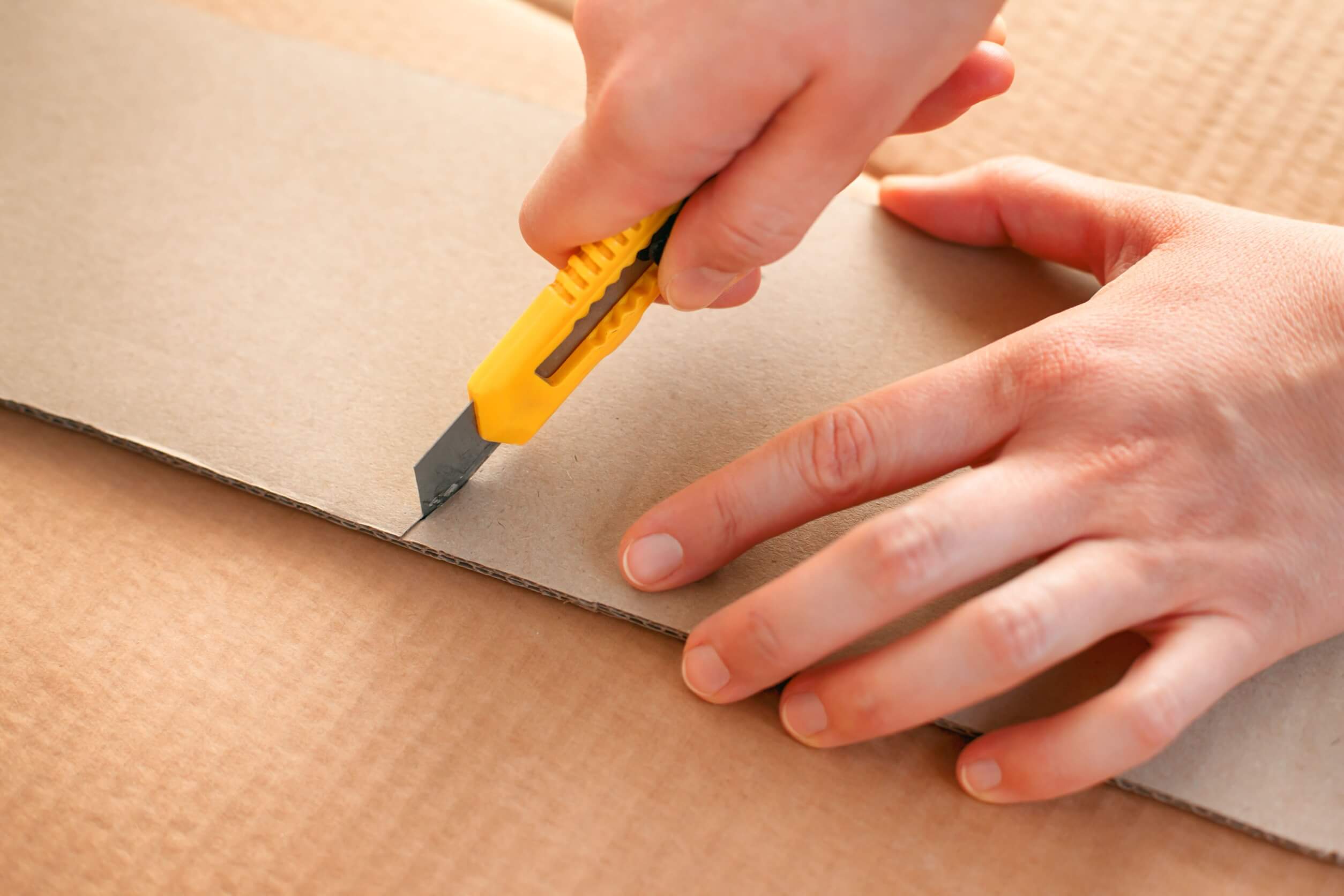
With its versatile blade, the utility knife is perfect for trimming everything from thin wood to drywall. However, an inevitable inconvenience with using a folding utility knife is opening and closing it–which usually requires two hands.
Milwaukee’s Fastback Folding Utility Knife is specially designed to allow the blade to be activated up to three times faster than a traditional utility knife. In addition, the side-mounted button is simple to press and flick, making the knife easy to use with only one hand.
Combination Square
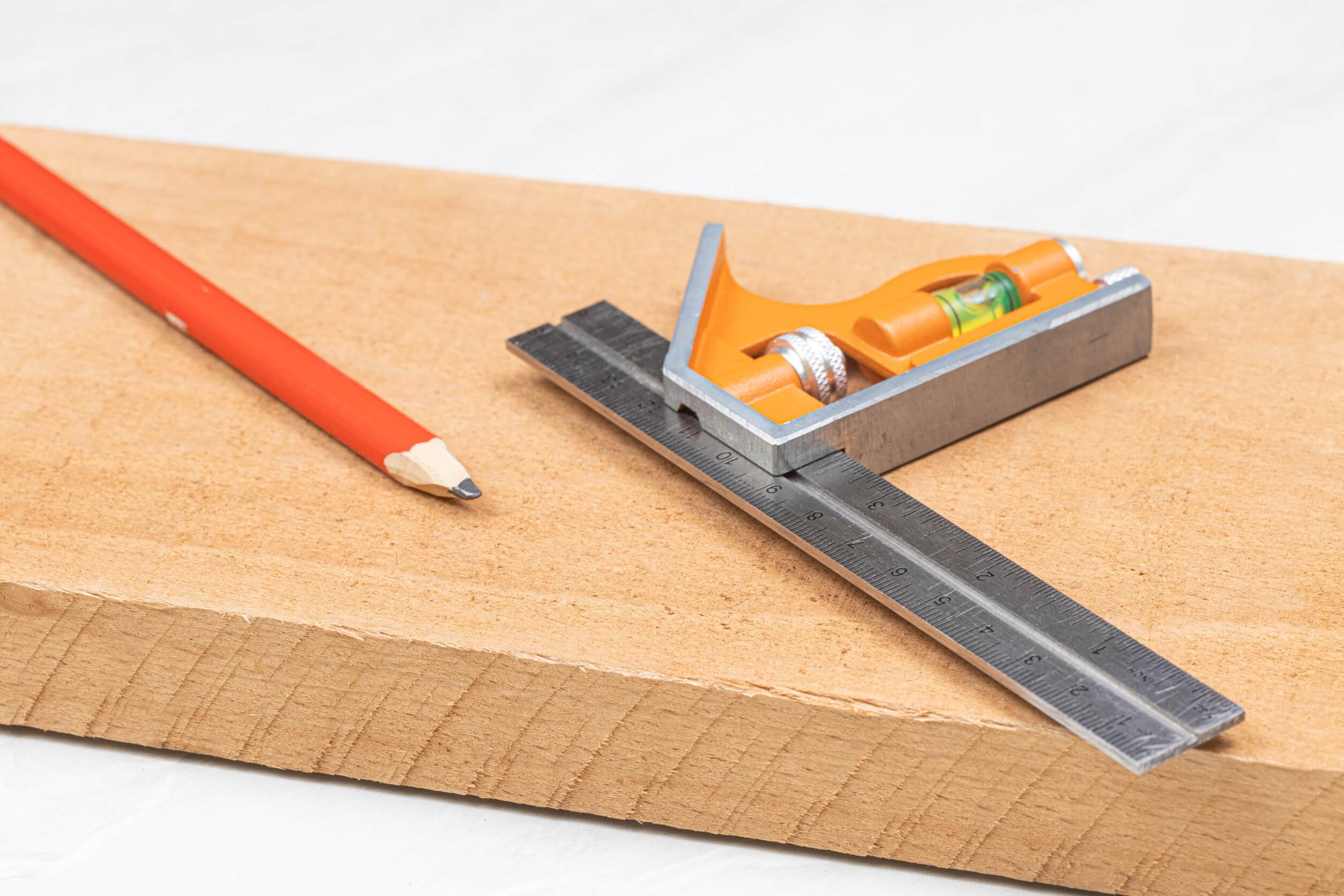
The primary use for a combination square is to check if an angle is 90°, but it can also be used to measure a 45° angle, find the center of a circular object, and determine depth and distance. You can also use it to determine if something is level or plumb with its spirit level vial.
A combination square has a few different parts: the blade, the head, the level, and the scriber. The blade is usually 4″, 6″, or 12″ long and will be slightly longer than the head.One side of the blade is graduated in inches or centimeters and will have several lines for making different measurements. The other side is usually unmarked or has only a few lines.
The head is the square part that holds the blade in place. It is L-shaped and has a thumbscrew that can be loosened or tightened to hold the blade at the desired angle. Next, the level is used to check if something is level or plumb. Finally, the scriber is a sharp point that can mark lines on wood or other materials.
As you become more experienced with woodworking, you’ll find that a combination square is an invaluable tool in your workshop.
Steel Square
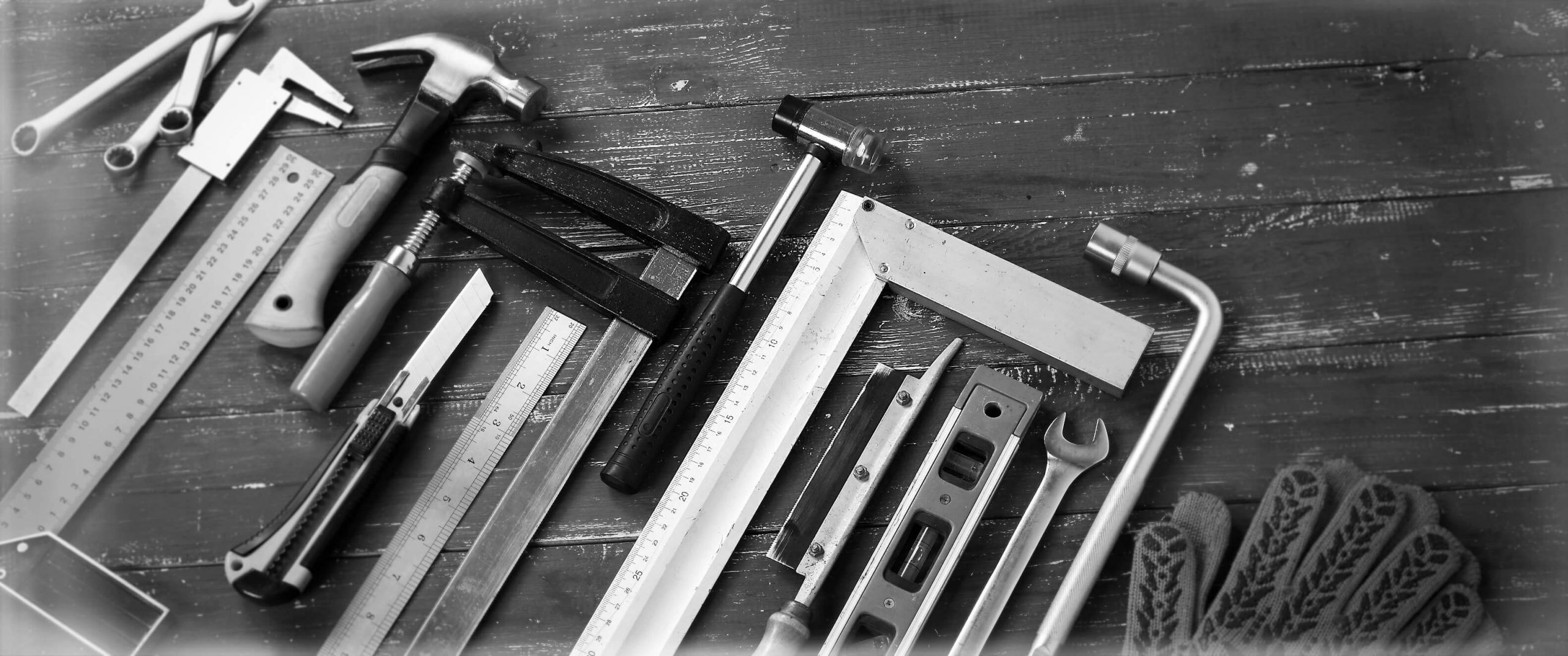
The steel square, called the carpenter’s or framing square, is used to measure boards and check corners for purity of angle. It can also be used to set the slope of boards and tools at different angles.
This steel device has two flat blades at right angles to each other and measuring scales along every edge. The steel square’s long side is called the blade (or body), while the short side is referred to as the tongue.
The biggest benefit that this tool offers carpenters is that it’s more accurate than a try square when working on large projects. The tool’s edges can also be used as a ruler to mark measurements.
Tin Snips
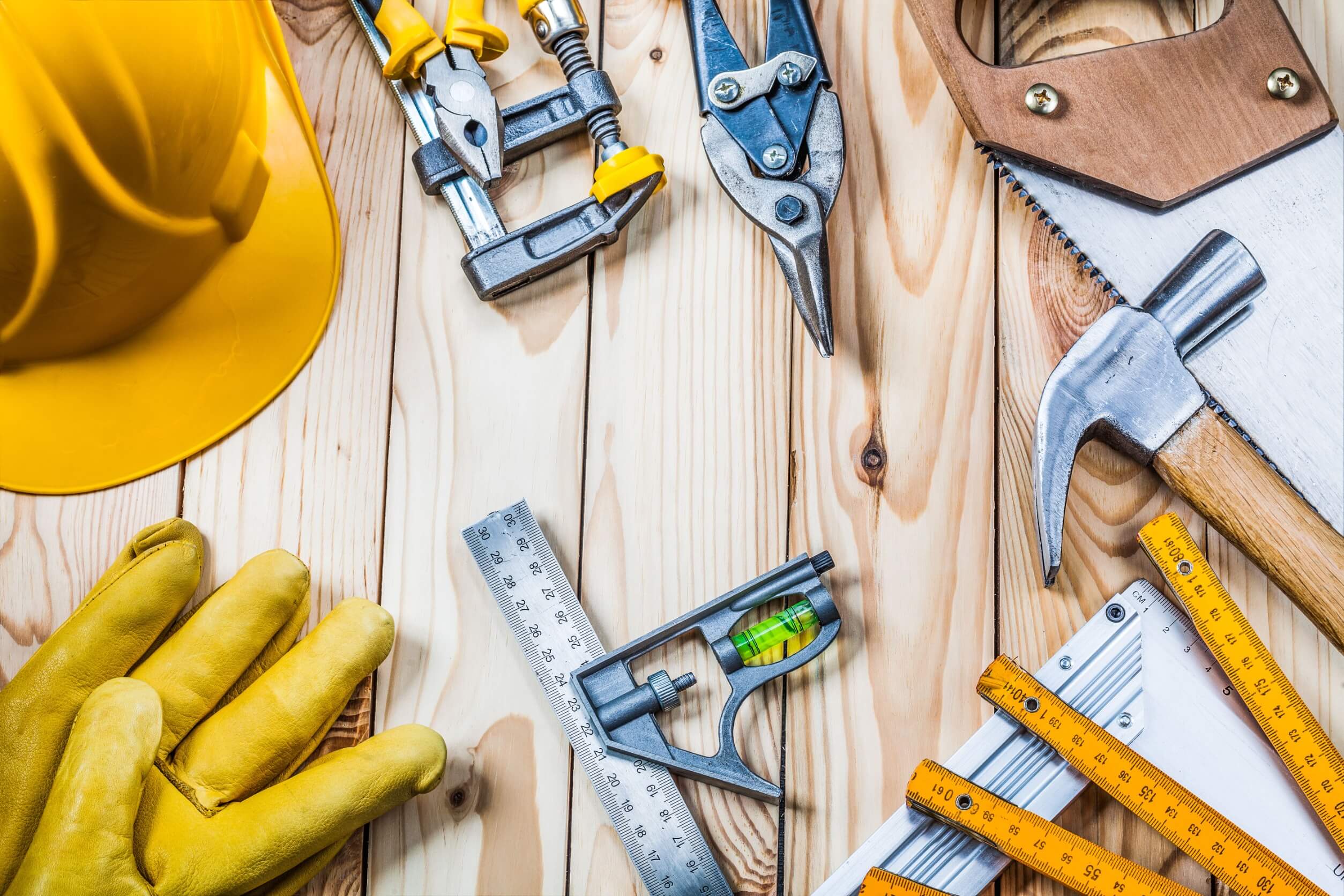
This tool, known as a guillotine shear, is primarily used for cutting sheet metal and plates. Guillotine shears have sharp blades that can easily cut through material, leaving behind a clean edge. Using this method is much safer than attempting to cut metal with saws or knives, which could dull the tools you need for other projects.
The RS PRO 250 mm Straight Tin Snips for Cold Rolled Steel, Stainless Steel are perfect aviation snips for those who want a high-leverage design that will allow them to make straight cuts with ease. With their ergonomic, soft-grip handles, you’ll be comfortable cutting and creating a smooth finish.
Wrap It Up
This article discusses 15 beginner woodworking hand tools, their specialties and uses, how to use them effectively, and more. When starting in woodworking, learning about each type of tool and how to use them properly is beneficial.
Whether you are a beginner or a seasoned pro, having the right tools for the job is essential to woodworking. With these hand tools, you will be well on your way to tackling any project that comes your way. If you are looking to get carpentry leads for your business then you are in the right place, contact our team today for more information.

Speak to a construction industry marketing expert
Got a quick question about your marketing. Or you want to run through the details of your next big project. We can help.
Speak to one of our experts today on 01702 668207 or send us a message.
